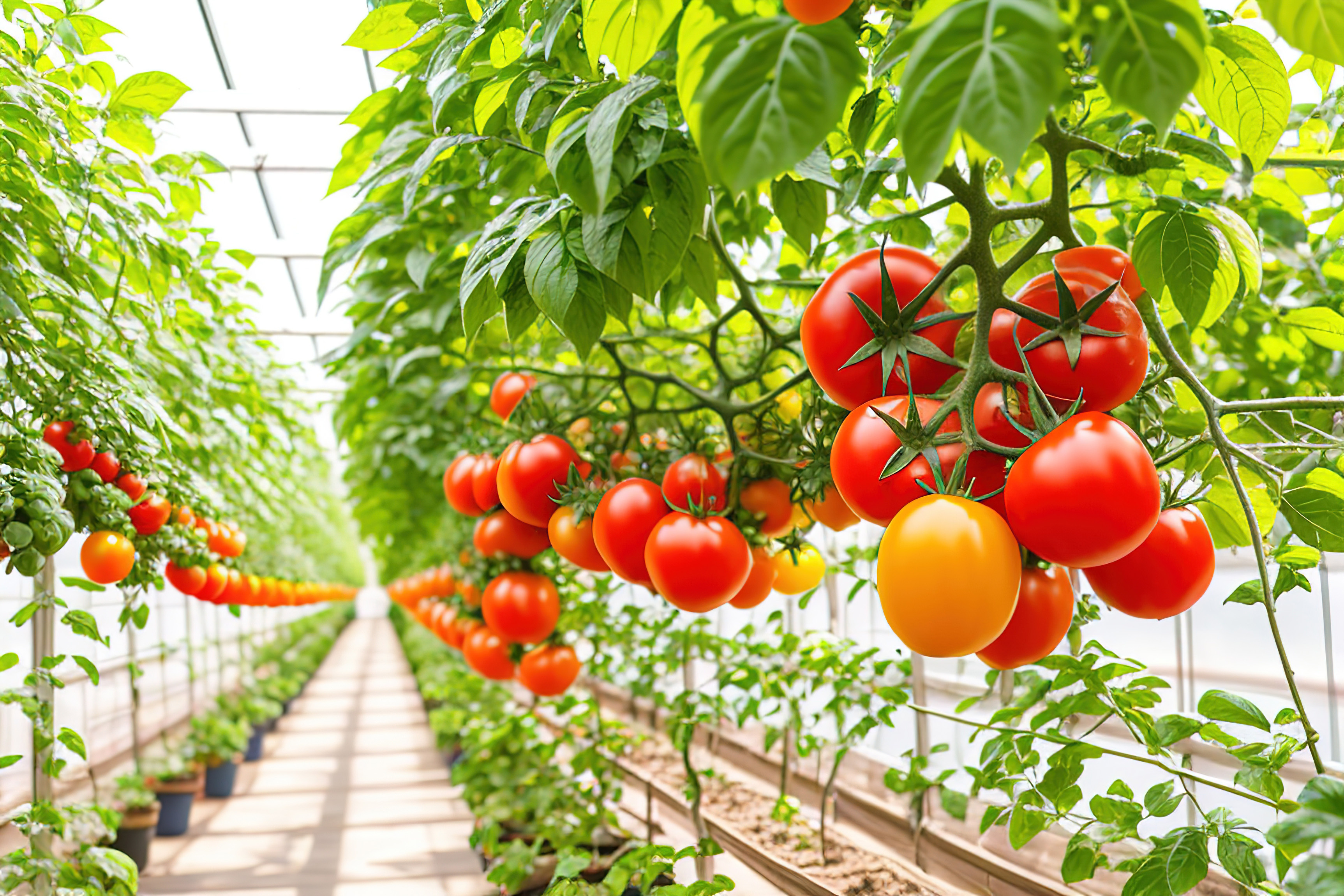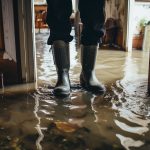Water and food production are clearly interrelated. Any living being, whether animal or plant, must hydrate for full development and to complete its life cycle.
In Spain, the agro-livestock sector is responsible for 80% of global water consumption. In order to improve sustainable management of this resource, we must optimise consumption in these primary sectors, which are also essential to the structure of the economy and the region.
Agricultural irrigation is the main culprit behind this consumption, as demonstrated by the most recent survey on the use of water in the farming sector by the Instituto Nacional de Estadística (National Statistics Institute) (INE), which shows that traditional gravity irrigation systems still account for 33% of the total. With the modernisation of agriculture, we have developed other, more productive systems, such as spray irrigation, or systems more efficient in water use, like localised or precision irrigation.
Trickle irrigation is one of the most well-known localised irrigation systems, which can lead to water savings of up to 36% in comparison with spray irrigation. Even more efficient is precision irrigation, which can increase these savings by up to 52%. With the aid of technology, one can irrigate differently depending on the crop, conditions of the terrain, and the time of the season.
These data reinforce a message of hope, where technological progress facilitates better use of the resource and better crops with smaller volumes of water.
The “water footprint” has become popular to homogeneously calculate water use in production, both for foods and for other goods and services. This defines the volume of freshwater used directly or indirectly to produce a good or service. There are organisations like the Water Footprint Network that provide precise information on the water footprint left by a large number of foods and other products we use every day. For farm-produced foods, we can estimate their water footprint throughout the entire cultivation process until harvest, or throughout their entire life cycle, including packaging, commercialisation, sales, and recycling processes. Thus, the water footprint for a tomato ranges from 186 l/kg until the moment of harvest, to 214 l/kg for its entire life cycle. In general, the water footprint of fruits and vegetables is considerably smaller than other foods like meat, which is largely increased by water needs for the compound feed used to nourish the animal. This means that chicken meat has a 4,325 l/kg water footprint, while pork is 5,988 l/kg, and beef 15,415 l/kg. To give you an idea of these amounts, a bathtub’s capacity ranges from 150 to 190 litres of water, depending on its size.
It is also possible to apply the concept of water footprints to other goods and services. This concept acts as a sustainability indicator for the intensity of water resources required for production. It shows us that to manufacture a DIN A4 sheet of paper, one needs approximately 10 litres of water, while a cotton T-shirt requires 2,720 litres, and denim trousers 10,850 litres.
Lastly, the term water footprint can also be applied to a region or country, meaning the volume of water directly or indirectly used to render products and services consumed by its inhabitants. In Spain, for example, we can make comparative estimations between autonomous communities and in the entire country, as found in “La huella hídrica de España (Spain’s Water Footprint),” published by the Ministry of the Environment and Rural and Marine Affairs.
The farming sector is fully immersed in a transformation to implement solutions to improve efficient and responsible water use. Tools like the water footprint can help us to objectively verify and be aware of global consumption for each food, good, service, and region, so we can work to reduce their impact on water resources.






